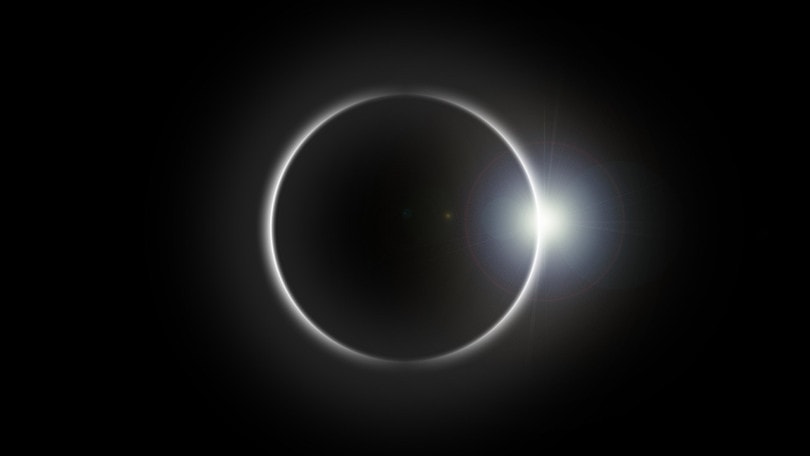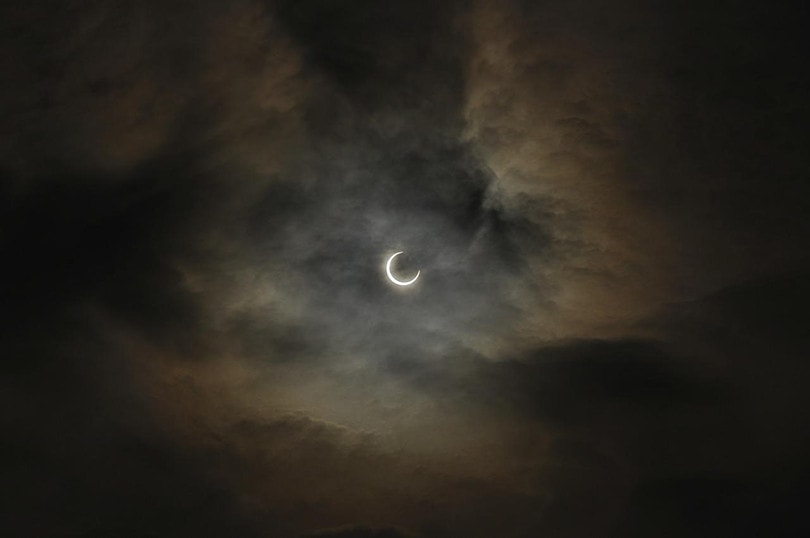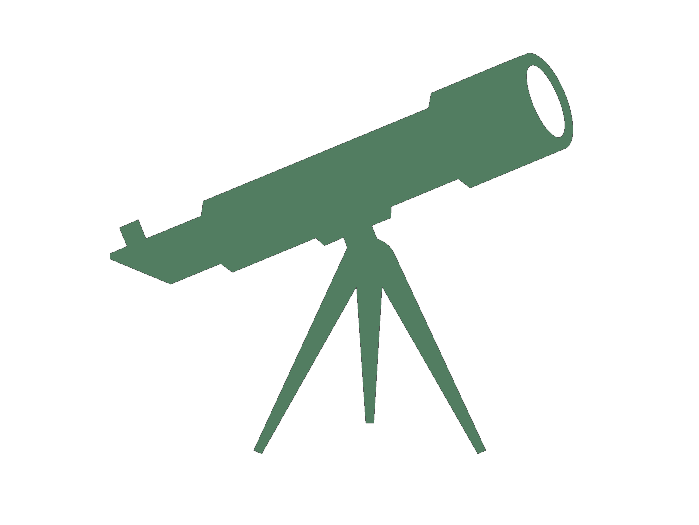How to Watch a Solar Eclipse — 6 Great & Safe Options
Last Updated on

Watching a solar eclipse is one of the most exciting things that you can do in your lifetime, even if you aren’t particularly interested in science or astronomy. They only occur occasionally, about once every 18 months, so you don’t get many opportunities to see one. Also, if you don’t do it correctly, watching one can damage your eyesight. Many people want to know how they can safely watch an eclipse in their area. Keep reading as we provide you with several different methods to experience this event without damaging your eyesight.

How to Watch a Solar Eclipse — 6 Great & Safe Options
1. Pinhole Projector
https://www.instagram.com/p/Cm4VvkNIneH/
- Inexpensive, DIY
- Can be unsteady
The pinhole projector is a time-tested method that school kids worldwide use to watch a solar eclipse every year, and it’s one of the methods that NASA recommends. To make a pinhole projector, you will need two pieces of cardboard. Make a tiny pinhole with a thumbtack or pin in one piece of cardboard to create your projector. The other piece is your viewing screen. Stand with your back toward the sun, and hold the cardboard over your shoulder. The sunlight will shine through the pinhole onto the paper, showing an inverted sun image that you can use to see the eclipse without damaging your eyesight. You can make the image larger by moving the viewscreen farther away from the projector.
2. Your Hands

- DIY, no cost
- Can be challenging, and poor image
If you happen to be alone and far away from any tools during the eclipse, you can create a pinhole projector using your hands. Hold up your hands with one at a right angle to the other to create pinholes with your fingers. You can then use a hard surface, like the sidewalk or pavement, as the viewscreen to see the eclipse.
3. Pinhole Projector With Binoculars
- Large, detailed image
- Requires binoculars and can be challenging to find the sun
One of the best ways to view the eclipse is to create a pinhole projector with binoculars. It enables you to view a clear image that isn’t possible with other methods. You will still need two pieces of cardboard, but instead of using one to create a projector, you will use it to make a sun shield around the binocular lens. You then point the binoculars toward the sun, but you don’t look through them. Instead, you allow the eyepiece to shine onto the second cardboard piece, the view screen. It can be frustrating to get the binoculars to point at the sun at the right angle, but you will see a highly detailed image once you are successful.
4. Welders Glasses
https://www.instagram.com/p/CAtWuHcjz5b/
- Easy to find, inexpensive
- Many unsuitable shades
Welder’s glasses are relatively easy to find because many autobody shops need them, so you can find them in any home improvement center, and they aren’t that expensive. The downside is that they are available in many shades, and many of them are not dark enough to protect your eyes for the duration of a solar eclipse, which can last several minutes. If you decide on this method, you must find 14-shade welding glasses, the darkest ones that you can get to protect your eyesight.
5. Telescope Glass Filters
- Provides a high-quality image
- Expensive, requires a telescope
Telescope solar filters are similar to welding glasses, but they are specifically for viewing an eclipse, so you know that it will be dark enough. These filters attach to the objective lens of your telescope so you can safely view the eclipse while benefitting from the magnification. This gives astronomers a magnificent image of the sun’s surface, and it’s how a Frenchman discovered helium in the late 1800s.
6. Eclipse Glasses
https://www.instagram.com/p/CBr2DuaJc38/
- Specifically for viewing the eclipse
- Expensive, wasteful
Eclipse glasses are a type of welding glasses sold for the specific reason of watching an eclipse. They use 14-shade glass, which will protect your eyes, and the frames are often much more comfortable than a welding helmet. The downside to these glasses is that there’s no use for them after the eclipse occurs, so they are somewhat wasteful, and some models can be quite costly.

Tips for Watching an Eclipse
- Never look at the sun directly during an eclipse or at any other time.
- Keep your back to the sun as frequently as possible.
- Pinhole projectors are the safest way to view an eclipse in real time because you never look directly at the sun.
- If you are using filters to view the eclipse, take plenty of breaks to give your eyes a
- Keep a sweater or jacket nearby because the temperature can drop as much as 14 degrees Fahrenheit.
- Don’t try to use sunglasses to view the eclipse.
- Don’t use any lenses that you aren’t sure are safe.

Final Thoughts
The most important thing to remember when viewing an eclipse is that looking directly at the sun can cause permanent damage to your eyes, resulting in vision loss. If you want to use one of these methods to look directly at the sun, make sure any lenses have the proper rating for the event. If you have binoculars or a telescope, the methods presented here can provide you with a high-quality image, but the other methods are just as effective and are perfect for beginners. The pinhole projector is an especially good choice for children who might not understand how dangerous looking at the sun is.
Featured Image Credit: Buddy_Nath, Pixabay
About the Author Ed Malaker
Ed Malaker is a veteran writer who contributes to a wide range of blogs covering information on computer programming, pets, birding, tools, fitness, guitars, and optics. Outside of writing, Ed is often found working in the garden or performing DIY projects in the house. Ed is also a musician, spending his time composing music for independent films or helping people repair their guitars.
Related Articles:
How to Choose Binoculars for Bird Watching: 10 Expert Tips
How to Clean a Refractor Telescope: Step-by-Step Guide
How to Clean a Telescope Eyepiece: Step-by-Step Guide
How to Clean a Rifle Scope: 8 Expert Tips
Monocular vs Telescope: Differences Explained (With Pictures)
What Is a Monocular Used For? 8 Common Functions
How to Clean a Telescope Mirror: 8 Expert Tips
Brightfield vs Phase Contrast Microscopy: The Differences Explained
